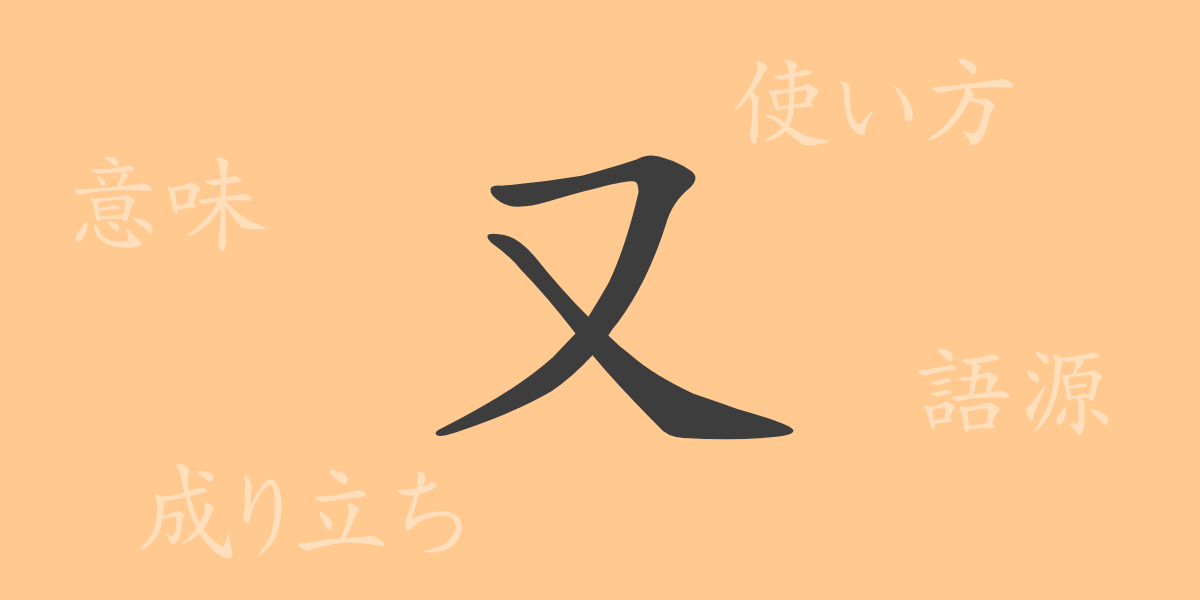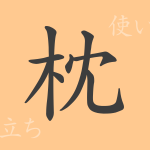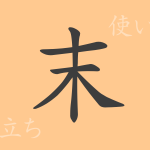Kanji (漢字) in the Japanese language is renowned for its rich shapes and meanings. One of the commonly used kanji in everyday life is “又” (mata). Despite its simple strokes, this small kanji possesses a diverse range of uses and a deep history. In this article, we will explore the origins of the kanji “又” (mata), its modern usage, and related idioms and expressions, uncovering its full scope.
The Origin of 又 (mata)
The kanji “又” (mata) originally served as a pictographic character representing the right hand in ancient China. This character, which means “hand,” depicts the action of a person’s hand doing something or holding something. Over time, this kanji came to mean “again,” signifying the repetition of events or serving as an expression with additional connotations.
The Meaning and Usage of 又 (mata)
In modern Japanese, “又” (mata) is primarily read as “mata,” meaning something happens again or additionally. It is often used as a conjunction in sentences. For example, in the sentence “又、来週の会議についても話し合いたい” (mata, raishū no kaigi ni tsuite mo hanashiaitai), it is used to add another topic for discussion.
Readings, Stroke Count, and Radical of 又 (mata)
Despite its simple structure, the kanji “又” (mata) has various readings and basic information.
- Readings: On’yomi (音読み) as “yū,” Kun’yomi (訓読み) as “mata”
- Stroke count: 2 strokes
- Radical: 又部 (mata-hen)
Idioms, Expressions, and Proverbs Using 又 (mata)
There are numerous idioms, expressions, and proverbs that include “又” (mata), showcasing the richness of Japanese expressions. For example, “又聞き” (matagiki) refers to information heard from a third party, and “又々” (matamata) means repeatedly. In proverbs, “又五郎丸出し” (matagorōmarudashi) describes a situation where something hidden becomes obvious.
Summary of 又 (mata)
The kanji “又” (mata) contributes to the diversity and depth of expressions in the Japanese language through its history and evolving meanings. This single character not only carries the temporal meaning of “again” but also includes additional connotations, playing a crucial role in Japanese context. Understanding the background of each kanji like this leads to richer and more accurate expressions when writing.

























